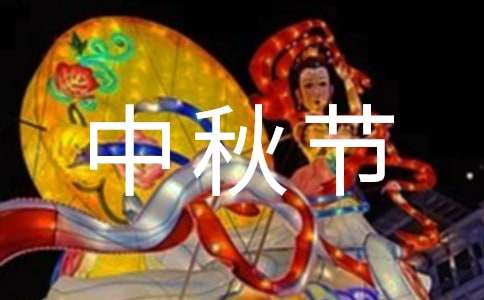Many referred to it simply as the "Fifteenth of the Eighth Moon". In the Western calendar, the day of the festival usually occurred sometime between the second week of September and the second week of October.

歡悅中間秋天節日,第三個(gè)和最后節日為生活,在第八月亮的第十五天慶祝了,在秋天晝夜平分點(diǎn)附近的時(shí)期。 許多簡(jiǎn)單地提到了它作為“十五個(gè)第八月亮”。 在西部日歷,節日的天某時(shí)通常發(fā)生了在第二個(gè)星期9月和第二個(gè)星期10月之間。
中秋節的來(lái)歷英文簡(jiǎn)短
"Zhong Qiu Jie", which is also known as the Mid-Autumn Festival, is celebrated on the 15th day of the 8th month of the lunar calendar. It is a time for family members and loved ones to congregate and enjoy the full moon - an auspicious symbol of abundance, harmony and luck. Adults will usually indulge in fragrant mooncakes of many varieties with a good cup of piping hot Chinese tea, while the little ones run around with their brightly-lit lanterns.
農歷八月十五日是中國的傳統節日——中秋節。在這天,每個(gè)家庭都團聚在一起,一家人共同觀(guān)賞象征豐裕、和諧和幸運的圓月。此時(shí),大人們吃著(zhù)美味的月餅,品著(zhù)熱騰騰的香茗,而孩子們則在一旁拉著(zhù)兔子燈盡情玩耍。
"Zhong Qiu Jie" probably began as a harvest festival. The festival was later given a mythological flavour with legends of Chang-E, the beautiful lady in the moon.
中秋節最早可能是一個(gè)慶祝豐收的節日。后來(lái),月宮里美麗的仙女嫦娥的神話(huà)故事賦予了它神話(huà)色彩。